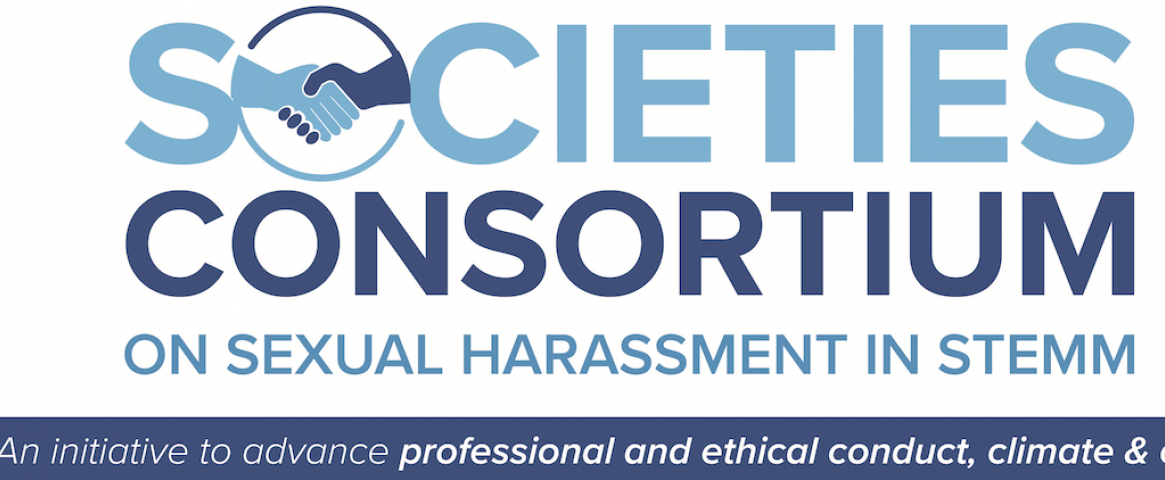NASW is a professional society of more than 2,300 journalists, authors, editors, producers, public information officers, students, and people who write and produce material intended to inform the public about science, health, engineering, and technology. A few months ago, NASW joined the Societies Consortium on Sexual Harassment in STEMM as an inaugural member, standing with 52 other professional and academic societies to advance professional and ethical conduct, climate, and culture, with the premise that harassment in all its forms is a barrier to the excellence of a field. At the close of the inaugural period, membership has grown to 100 societies.
Members of the Consortium seek to foster communities that are actively intolerant of harassment. According to the National Academies of Sciences, Engineering, and Medicine report Sexual Harassment of Women: Climate, Culture, and Consequences in Academic Sciences, Engineering, and Medicine released last year, “organizational climate is, by far, the greatest predictor of the occurrence of sexual harassment, and ameliorating it can prevent people from sexually harassing others.” Even the perception that sexual harassment is tolerated increases the likelihood of its perpetuation.
This deeply shared purpose also provides NASW with access to collective resources. The Consortium has already developed a resource guide to assist member societies in drafting effective Awards policies that recognize ethical professional conduct as an inherent component of excellence; the extensive guide provides thoughtful commentary on multiple, intersecting issues. It supports the Consortium’s shared understandings that professional societies are uniquely situated to advance change as the arbiters of excellence, both as standard bearers that model good conduct and practices, and as standard setters. In the coming months, NASW’s Board of Directors and Awards Committee will review our own award rules and policies to determine what steps we can take to help set even higher standards in our own field.
Later this year, the Consortium will begin work on a similar guide for codes of conduct and meeting policies. The American Geophysical Union, one of the members of the Consortium’s Leadership Council, has been a leader in this area. NASW’s Conference and Meeting Code of Conduct, which meets all seven of AGU’s Traits of Good Codes of Conduct, applies to all attendees, clearly delineates unacceptable behavior and sanctions, and undergoes periodic review as resources in the field mature. We look forward to ways in which we might strengthen it based on the Consortium’s collective knowledge and our own internal discussions. We’re proud that our own meeting code was developed and implemented before many of our peer organizations, as one of the NASW Governance Committee’s first actions in 2017, and they recently recommended that we extend our policies concerning harassment, currently laid out in NASW’s Conference and Meeting Code of Conduct, to any context in which an NASW member can be identified as such.
Our work as a community is ongoing. Each association, small or large, must take a hard look inward and engage in the difficult conversations out of which codes of conduct and other supporting resources, policies, and practices will arise. We look forward to working with all of you and are grateful for the volunteers committed to making our community welcoming to all.
-Tinsley Davis, Executive Director

